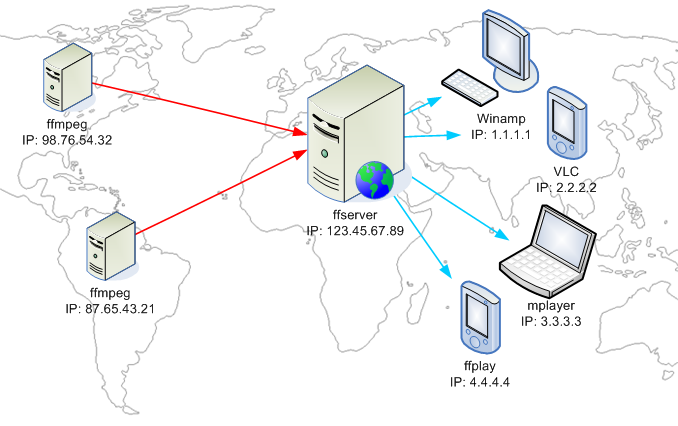


Clevercast also allows you to broadcast multiple audio channels using RTMP surround sound and has its own Translate at Home protocol for remote simultaneous interpretation via the browser.See the SRT overview page and our Broadcasting Guidelines for more info. In that case, pan the audio streams L+R and change the ‘Languages per Track’ setting in your Clevercast event to 2. if you just need 2 languages, you can also use vMix or OBS Studio’s streaming output (option 1 in the OBS manual page).if your local network is unstable and your connection is temporarily dropped, the custom FFmpeg record output will not automatically reconnect, requiring you to press the Start Recording button again.If you have a hardware encoder that supports multiple audio tracks, we recommend using it. hardware encoders usually provide a more reliable stream, more tracks and more options.This guide explains how to set up an SRT multilingual event in Clevercast, how to use stereo channels to double your number of languages, and how to configure OBS Studio. To do this, you need OBS Studio’s support for SRT multi-track broadcasting through its Custom FFmpeg Record output. OBS Studio lets you configure six stereo tracks, which allows you to produce a live stream with up to 12 languages (by panning them L+R).

5.2.Clevercast allows you to send an SRT broadcast with multiple audio tracks which results in a multilingual live stream. Users can skip – map and let ffmpeg handle stream selection. It also sets the number of output audio streams.įinally, the -map flag in step 5 allows for a custom stream selection in each output file if there are multiple. Similarly, a (default is 0) sets the number of audio streams in each section. Next, we follow with v (default is 1), which sets the number of output video streams. In step 4, the number of files we want to join is in the value of n (default is 2). Map the resulting audio and video streams to the output.Select the actual streams in a specific order: video and audio from the first, second, and third file.Use -filter_complex to select streams from the input files.Here’s a quick rundown of what’s going on in the command: To explain the contact filter, we’ll use start.mkv, body.mkv, and rear.mkv with a single audio stream: $ ffmpeg -i start.mkv -i body.mkv -i rear.mkv -filter_complex \


 0 kommentar(er)
0 kommentar(er)
